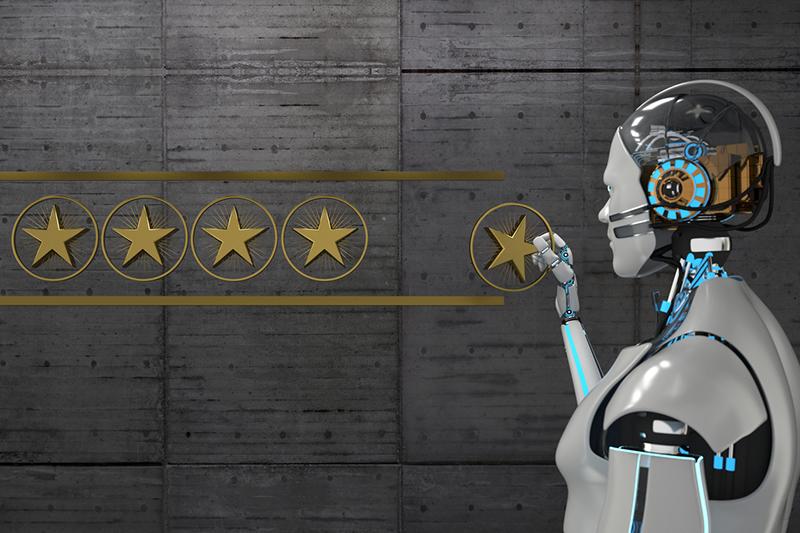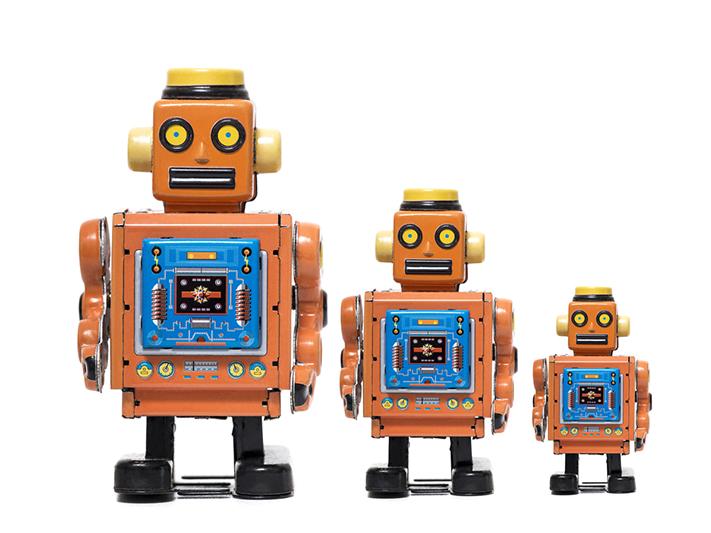With adaptive learning platforms and automated administrative tasks now commonplace, artificial intelligence (AI) is no newcomer to the world of education. But one area that is sparking debate is its potential role in marking student assessments. Could AI save educators valuable time or does it risk compromising the human element central to learning?
The arguments for turning grading over to AI include time management and consistency, but these should be weighed against factors such as ethical implications and AI hallucinations. Perhaps there is a middle ground, where AI could act as a lecturer’s assistant rather than a replacement?
When I put AI to the test – as outlined further on in this article – the results were illuminating. But first let’s look at general arguments for and against.
Five reasons to support the use of AI for marking
- Efficiency and time-saving Marking is labour-intensive. AI systems can process thousands of essays or exams in minutes, freeing lecturers to focus on more impactful tasks, such as providing direct support to students.
- Consistency and objectivity Unlike human graders, AI doesn’t get fatigued or apply varying standards. When fed clear marking criteria, AI uses a level of consistent application across all submissions. This objectivity could be especially valuable in contentious situations, such as grading disputes, as students can trust that their work is assessed against fixed standards.
- Enhanced feedback quality AI can provide detailed, tailored feedback. Tools such as Grammarly or Turnitin not only flag errors but also explain them, offering students a clearer path to improvement.
- Mental health benefits for educators Grading load can lead to stress and burnout among educators. By automating repetitive tasks, AI may allow academics to allocate their time and energy more effectively, reducing mental strain and improving work-life balance.
- Eliminating human bias AI has the potential to support fair assessment. However, it can also inherit and amplify biases present in its training data. Careful design and auditing of AI systems are essential to mitigate this risk.
Five drawbacks and challenges when using AI for marking
- Lack of human insight One significant concern is the absence of human intuition and nuance. AI may struggle to evaluate subjective elements such as creativity, critical thinking or the ability to synthesise complex ideas. For disciplines that thrive on nuanced interpretation – such as literature or philosophy – AI might miss the mark entirely, and in subjects like business and marketing, criticality is crucial.
- Risk of inaccuracies AI systems are not immune to errors. They may misinterpret ambiguous language, fail to grasp cultural or contextual nuances or provide feedback that, while confident, is inaccurate (a phenomenon known as “AI hallucination”). Such mistakes could undermine trust in the grading process.
- Ethical and transparency issues Using AI for grading raises ethical questions, such as whether it’s fair for educators to rely on AI while students are often restricted from using similar tools or if students should be informed if AI is grading their work. Transparency helps maintain trust, yet revealing AI use could lead to pushback.
- Perception and acceptance Complaints might arise if students feel the human touch is missing or if they believe their work hasn’t received the nuanced attention it deserves. This could lead to an uptick in appeals and challenges from students and families.
- Is AI a time-saver? While AI can process assignments quickly, educators often need to review its output to ensure accuracy. If the AI misinterprets the marking scheme or provides incomplete feedback, the time spent correcting these issues could negate the intended efficiency gains.
Experimenting with AI in assessment grading
Exploring the potential of AI in grading, I put theory into practice. I uploaded my assessment rubric to ChatGPT-4 and compared the AI tool’s grading with my own. The results were instructive. The AI over-scored by as much as 20 per cent. While this gap highlighted current limitations, it also revealed a valuable opportunity: whether AI could be trained to better align with human judgement.
- Spotlight: AI and assessment in higher education
- We use ChatGPT to give feedback on students’ abstracts
- Spotlight guide: Bringing GenAI into the university classroom
Through iterative learning, I guided the AI to reflect on its grading in comparison with mine. Over time, this process produced grades that more closely matched. However, challenges persisted. The AI frequently exhibited “hallucinations”, fabricating details and incorrectly commenting on elements of student work. These inaccuracies, coupled with a tendency towards overconfidence, required constant double-checking. So, instead of saving time, the experiment often demanded additional effort to verify and correct the AI’s output.
Given these limitations, I concluded that AI is far from ready to take over the grading process entirely. However, as an assistive tool, it holds promise. With careful training and human oversight, AI can complement educators’ efforts, offering a glimpse of its potential to enhance the grading process rather than replace it.
Is AI an assistant or a replacement?
A balanced approach may lie in using AI as a tool to assist educators rather than replace them. Here are potential models:
- The AI sandwich: human input frames the task, AI provides initial grading or feedback, and the lecturer reviews and finalises the process.
- Training AI to understand academic judgement: by feeding AI large datasets of graded assignments across various levels, it could learn to mimic human grading patterns. However, this requires extensive time and resources and rigorous oversight to ensure reliability.
- Using AI for exemplars and rubrics: AI could generate examples of work at different grade levels, helping both students and educators better understand expectations.
The way forward
As AI evolves, the question isn’t whether it should play a role in grading but how that role should be defined. Key considerations include:
- Clear guidelines: universities must establish transparent policies outlining when and how AI can be used in grading.
- Ethical oversight: institutions should ensure AI use aligns with principles of fairness and equity.
- Continuous monitoring: regular evaluation of AI’s performance and impact on student outcomes is essential to refine its application.
- Staff training: educators must be equipped with the skills to effectively integrate AI into their workflows, understanding its capabilities and limitations.
AI has the potential to revolutionise grading, offering speed, consistency and detailed feedback. However, its limitations and ethical implications cannot be overlooked. A collaborative approach – where AI acts as an assistant rather than a replacement – may strike the right balance, preserving the human touch that remains integral to education. Ultimately, the goal should be to enhance the learning experience for students while supporting educators in their vital roles.
Rohim Mohammed is a lecturer of digital marketing at University College Birmingham.
If you would like advice and insight from academics and university staff delivered direct to your inbox each week, sign up for the Campus newsletter.




comment2
(No subject)
(No subject)